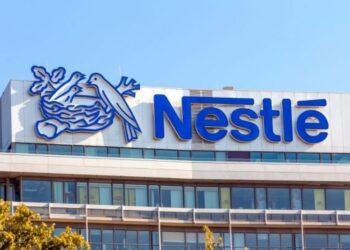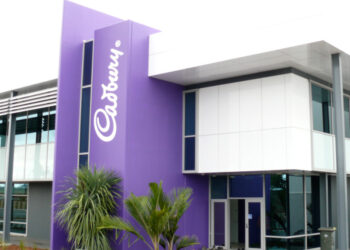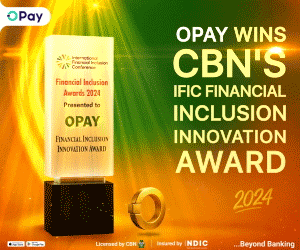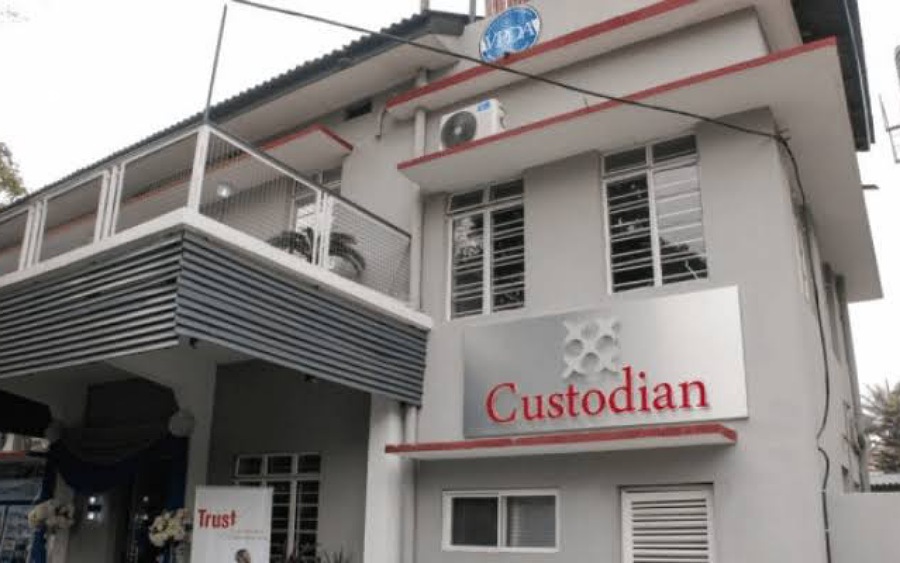Cadbury Nigeria’s share price has been on a tear, surging 35.4% year-to-date to N29.10, extending a 59.66% return in 2023.
For investors seeking a turnaround play, the stock’s momentum is enticing.
But does the rally reflect a true recovery, or is this just a sugar rush?
The company’s fourth quarter (Q4) 2024 performance provides a glimmer of hope. A pre-tax profit of N2 billion marked a dramatic reversal from the N17.3 billion loss in the same period a year prior.
However, beneath the headline figures, the broader 2024 performance suggests deeper structural issues, particularly regarding cost efficiency and profitability.
Let’s break down the numbers and assess the real performance
A Parent-driven lifeline
The company’s financial health has long been weighed down by foreign exchange (FX) losses and surging borrowing costs. In response, its parent company, Cadbury Schweppes Overseas Limited (CSOL), extended a much-needed lifeline:
- $40 million intercompany loan to clear overdue FX obligations.
- $20 million debt forgiveness on the same loan.
- $7.72 million loan-to-equity conversion.
These measures significantly improved balance sheet optics:
- Total debt fell to N32.73 billion (from N43.2 billion in 2023), improving the debt-to-equity ratio to 22.79x—a dramatic shift from -6.63x a year earlier.
- Net finance costs declined 40.88% YoY, as FX losses moderated to N15 billion from N37 billion in 2023.
- Shareholders’ funds returned to positive territory at N1.44 billion, after languishing at negative N6.51 billion in 2023.
Yet, these gains remain a function of restructuring rather than operational strength. The real test lies in sustainable earnings growth.
The real squeeze: Borrowing costs & margins
Revenue growth has been strong, climbing 60.73% YoY to N129.1 billion, buoyed by domestic sales and refreshment beverage demand.
However, this has not translated into sustained profitability.
- Interest expenses surged 342.33% to N6 billion, leaving the interest coverage ratio at a fragile 1.07x, meaning operating profit is barely covering interest payments.
- Gross profit margin plunged to 13.54%, its lowest point in six years.
- Operating profit margin collapsed by 49.38% YoY to 4.96%, as rising costs eroded earnings.
- The company’s retained losses remain substantial at N30.15 billion, limiting reinvestment potential and shareholder returns.
Unless it sustains Q4 profitability, these accumulated losses will continue to weigh on the balance sheet.
Outlook: Cautious optimism, but risks remain
Cadbury Nigeria’s near-term prospects are propped up by parent-company support, but its long-term sustainability depends on better cost controls, improved margins, and lower borrowing costs.
With the Central Bank of Nigeria (CBN) maintaining the Monetary Policy Rate (MPR) at 27.50%, financing costs are unlikely to decline soon. Despite the reduction in debt, interest expenses ballooned, highlighting the strain of elevated borrowing costs.
- As a result, cost efficiency, particularly by mitigating risks and controlling volatility in the cost of sales, must be a top priority.
- Valuation metrics further paint a concerning picture. Valuation highlights a disconnect between sentiment and fundamentals.
- With the company still unprofitable, earnings-based metrics provide little clarity. However, a price-to-sales ratio of 0.51 suggests the market values Cadbury Nigeria’s revenue at a discount, reflecting doubts over its ability to translate sales into profits.
While a P/S ratio below 1 can sometimes indicate an attractive valuation, in this case, it may be more of a warning sign that investors doubt Cadbury’s ability to turn sales into sustainable profits.
- At the same time, a staggering price-to-book ratio of 37x, against a book value per share of just N0.63, highlights an inflated valuation propped up more by sentiment than by financial resilience.
- This presents a dilemma: while the stock’s price action suggests confidence in a turnaround, the company remains unprofitable, and its financial restructuring alone won’t be enough to drive sustainable growth.
For short-term traders, momentum could drive further gains, but long-term investors should seek clearer signs of operational efficiency, improved margins, and sustainable profitability before committing.
Without these, the current rally could prove fleeting offering more of a sugar rush than a lasting recovery.






















